
Rivers have long sustained life and powered economies that shaped entire regions. But now, prolonged drought and rising temperatures are draining them faster than nature can recover. The result is disruption at every level of society. Here are 10 unfolding consequences—and the forces driving them.
Tourism And Recreation Decline
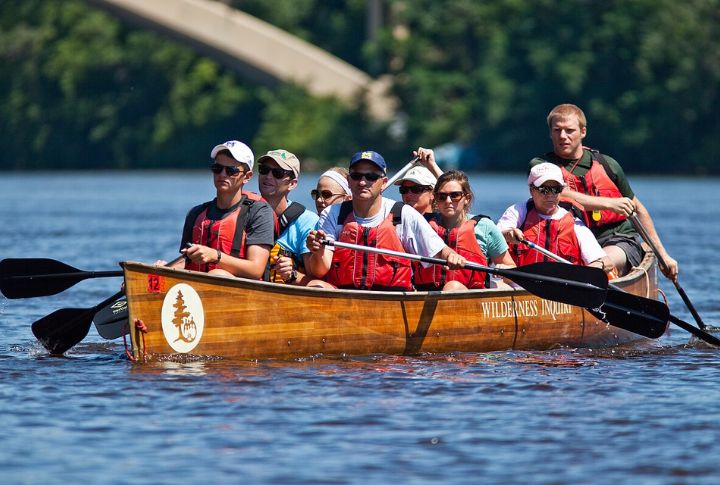
Falling Mississippi River levels choke tourism and culture. Shrinking marinas and beaches strand boaters and anglers, halting paddlewheel cruises and fishing charters. Hotels also suffer revenue losses as visitors vanish. This drop also disrupts local festivals and riverfront events that once drew steady crowds.
The Ripple Effect On The Economy

When Mississippi River levels drop, the economic consequences ripple throughout various industries. Slowed barge traffic affects the transportation of goods, especially grain exports, which impacts trade and costs. This disruption creates a financial burden downstream, affecting everything from fuel prices to shipping rates.
Ecological Consequences
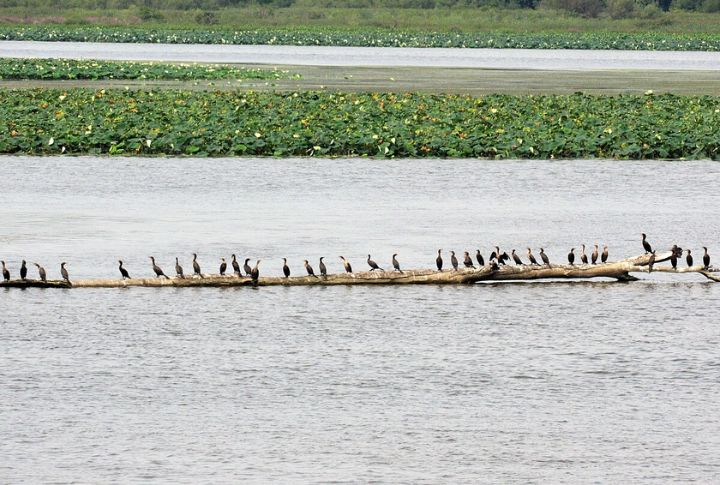
The Mississippi River’s backwaters face habitat loss and climate change, threatening amphibians and migratory birds’ survival patterns. Every missing call or falling tree branch reminds you that the ecosystem’s threads are fraying. When lifelines dry out, nature’s careful choreography stumbles.
Saltwater Intrusion
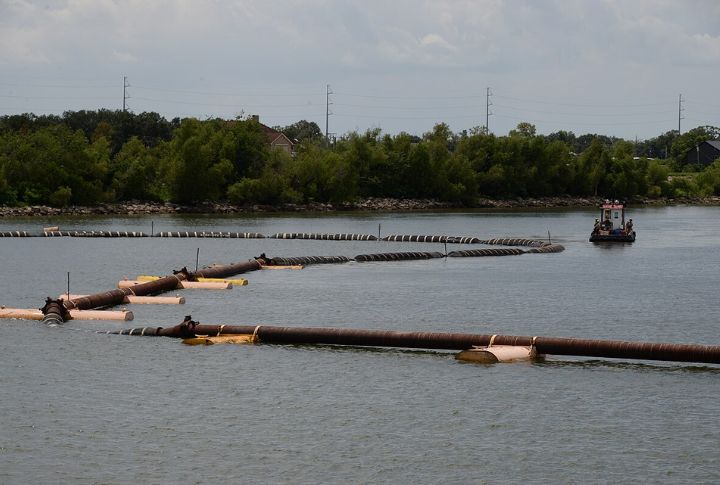
Imagine your drinking water tasting like it came straight from the ocean. As the Mississippi slows, saltwater creeps in silently, and the flavors of the wells and fields alike. If you live downstream, that salty invasion is creeping closer every season.
Navigational Challenges
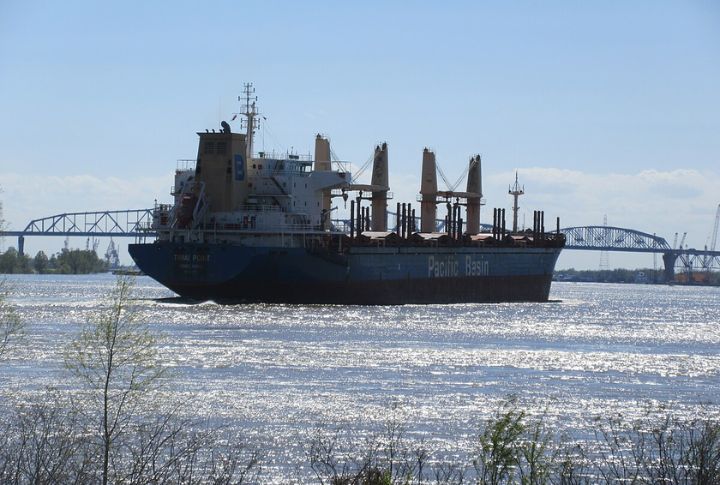
When navigation fails, the whole system shakes. You don’t see stranded barges every day, but when the Mississippi slims down, cargo piles up fast, causing crews to wait longer, and eventually, farmers pay more, then you end up footing the bill.
Public Health Hazards

As the Mississippi River shrinks, pollutants become more concentrated, overwhelming treatment systems and raising serious health concerns. Industrial runoff and farm chemicals linger longer in low flow. Moreover, stagnant pools fuel toxic algae and mosquitoes, heightening disease risk and threatening clean water access for millions.
Energy Security

As Mississippi River levels drop, power plants struggle with cooling systems, forcing energy cutbacks. Hydropower generation weakens, increasing reliance on costly fossil fuels. What follows is that utility bills rise, and blackouts become more frequent. Without intervention, communities face unstable electricity supplies.
Interstate Water Conflicts

Drought conditions are growing more severe, leading states to target the Mississippi River for emergency water diversions. With no unified framework to manage these demands, legislative bans and heated compact debates are on the rise. The lack of cooperation threatens to spark legal battles and put downstream communities at serious risk.
Small Towns Collapse Without Water
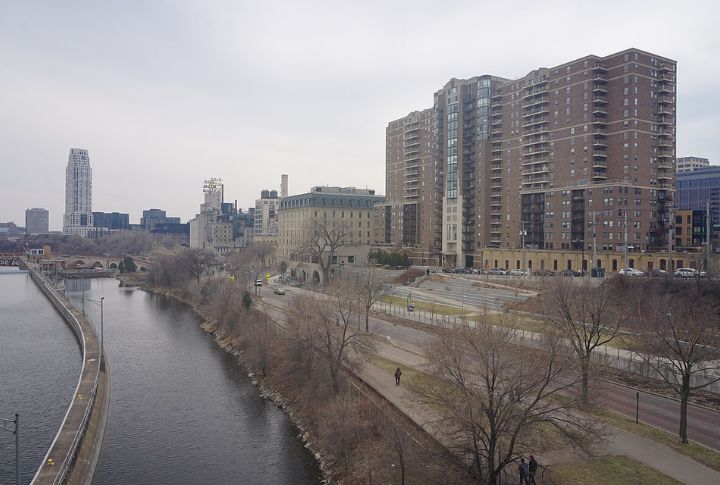
When the river retreats, communities vanish with it. Shrinking water access drives up utility costs and pushes families out. In some river towns, schools close and property values nosedive. Rural America risks becoming a patchwork of empty postcodes and broken promises without a reliable river.
Loss Of Agricultural Resilience
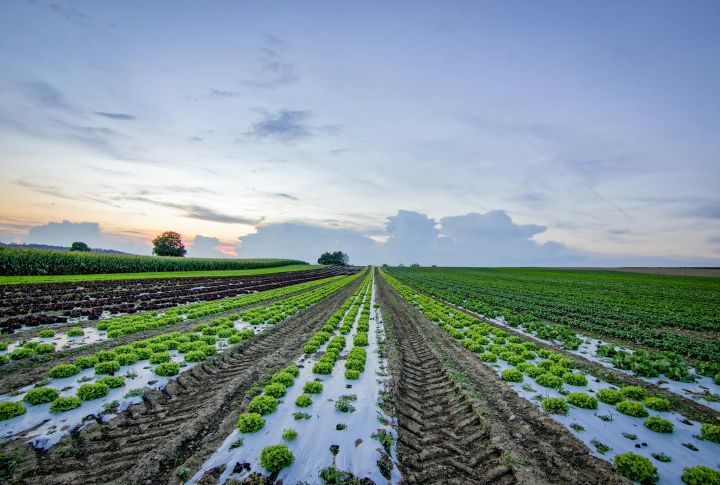
The Mississippi River irrigates a vast agricultural heartland, but declining water levels jeopardize this lifeline. Crops become harder to sustain, especially during peak growing seasons. Farmers must choose between reduced yields or costly alternatives, weakening food supply chains and undermining national food security over time.
